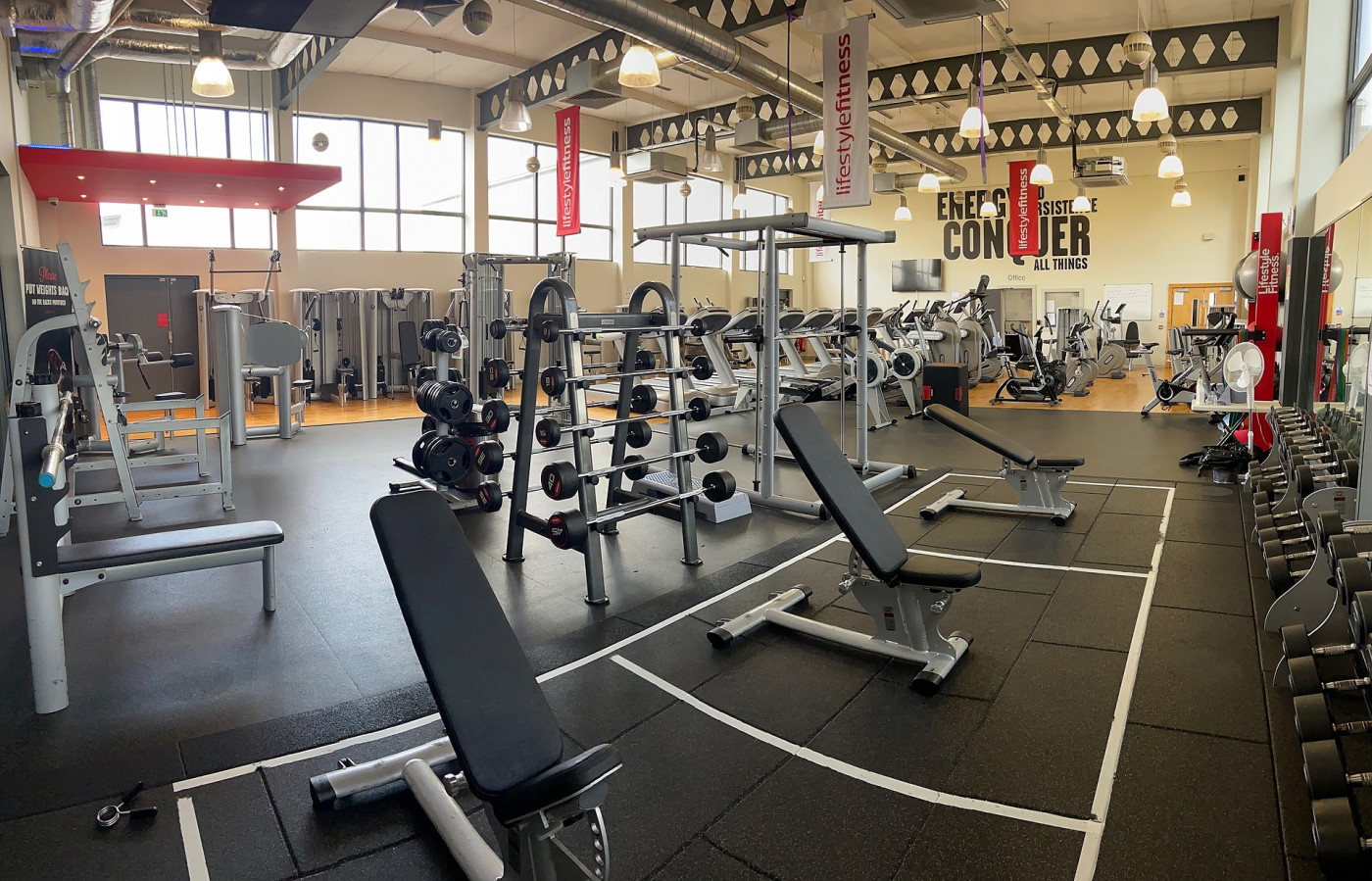In recent years, the concept of “lifestyle exercise” has gained prominence as people seek to balance the demands of modern life with their health and fitness goals. Unlike structured workout regimens that require dedicated time and specific settings, lifestyle exercise is integrated seamlessly into daily routines. But what exactly does it entail, and how can it benefit you?
Defining Lifestyle Exercise
Lifestyle exercise refers to physical activity that is woven into the fabric of your daily life, rather than being a distinct or scheduled workout session. It includes everyday movements and activities that contribute to your overall physical well-being. This approach to exercise is less about hitting the gym for an hour and more about incorporating movement into your regular activities.
Key Components of Lifestyle Exercise
- Incorporating Movement into Daily Tasks:
- Walking or Cycling: Choosing to walk or bike instead of driving or using public transportation.
- Active Commuting: Parking farther away from your destination to increase walking distance.
- Household Chores: Engaging in activities like gardening, vacuuming, or washing windows, which keep you active throughout the day.
- Utilizing Breaks Effectively:
- Office Exercises: Performing stretches or light exercises during work breaks.
- Standing Desks: Using a standing desk or an adjustable workstation to reduce prolonged sitting.
- Active Leisure Activities:
- Social Sports: Participating in recreational sports or outdoor activities with friends or family.
- Hobbies: Engaging in physically active hobbies like dancing, hiking, or kayaking.
- Mindful Movement:
- Walking Meetings: Opting for walking meetings instead of sitting in a conference room.
- Intentional Movement: Being conscious of opportunities to move, such as taking the stairs instead of the elevator.
Benefits of Lifestyle Exercise
- Improved Physical Health:
Lifestyle exercise can contribute to cardiovascular health, muscle strength, and flexibility. Regular movement helps manage weight, reduce the risk of chronic diseases like diabetes and hypertension, and improve overall physical fitness. - Enhanced Mental Well-being:
Physical activity releases endorphins, which are known to boost mood and reduce stress. Integrating exercise into daily routines can also combat symptoms of anxiety and depression, promoting mental clarity and emotional stability. - Increased Energy Levels:
Engaging in consistent, low-intensity activity throughout the day can help maintain high energy levels. Rather than experiencing the energy crashes often associated with sedentary lifestyles, active individuals often feel more alert and invigorated. - Better Quality of Life:
Incorporating movement into daily life can lead to greater overall satisfaction and quality of life. It promotes independence, enhances functional abilities, and allows individuals to enjoy a wider range of activities.
Practical Tips for Integrating Lifestyle Exercise
- Start Small:
Begin by adding small bursts of activity into your day. Simple changes, like taking the stairs instead of the elevator, can gradually build a foundation for a more active lifestyle. - Set Realistic Goals:
Establish achievable goals that fit your routine. For example, aim to take a 10-minute walk during your lunch break or do a few stretches before bed. - Make It Enjoyable:
Choose activities that you enjoy and find fulfilling. Whether it’s dancing, playing a sport, or gardening, engaging in enjoyable activities makes it easier to stay consistent. - Stay Accountable:
Keep track of your daily activity levels and celebrate small victories. You might use a fitness tracker or a journal to monitor progress and stay motivated. - Involve Others:
Engage family members or friends in active pursuits. Social support can make physical activity more enjoyable and encourage adherence to a more active lifestyle.
Conclusion
Lifestyle exercise is a practical and effective approach to maintaining physical fitness and overall well-being. By integrating movement into your daily routine, you can enjoy the benefits of exercise without the need for structured workout sessions. Embrace small changes, stay consistent, and remember that every bit of movement counts. Your health and quality of life will benefit from the active choices you make each day.

